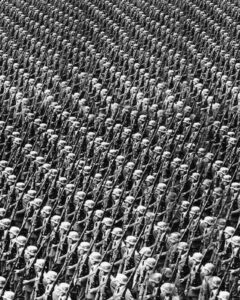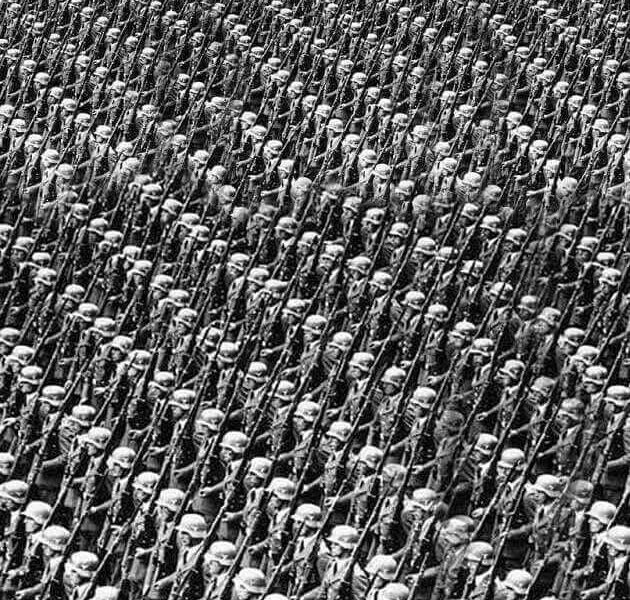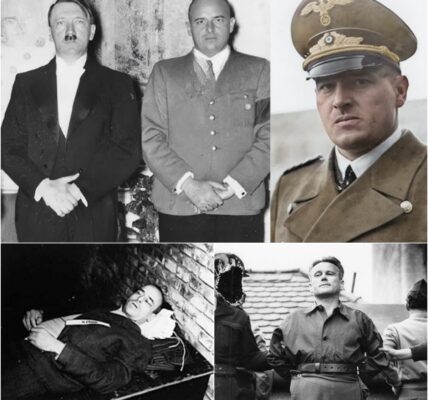

In 1939 , the year Europe would once again plunge into the abyss of world war, Wehrmacht soldiers stand at attention during a parade—disciplined, motionless, in line. Their uniforms are freshly ironed, their boots shine, and their faces reflect pride, seriousness—and perhaps also uncertainty.
These parades, which took place regularly during the Third Reich, served not only to maintain military order but also as propaganda. They were intended to demonstrate strength, symbolize unity—and boost national morale. Behind this perfect facade, however, the reality of the coming violence was already brewing: just a few months later, on September 1, 1939, the Second World War would begin with the invasion of Poland.
start.
For many of the soldiers standing still here at a parade in a German town or occupied territory, it was the last moment of peace – or the last time they marched in orderly formation before the war would take them to the battles of Poland, France, Russia or North Africa.
At this point, the Wehrmacht was a state-of-the-art military instrument, expanded and upgraded in the years before – driven by National Socialist ideology, military tradition, and blind obedience. But many of these men – ordinary soldiers, recruits, and professional soldiers – had no idea what an unprecedented escalation of violence and suffering lay ahead.
The image of a roll call in 1939 is thus more than just a military scene: It is a silent prelude to a global inferno, a moment of calm before the storm – with men who would soon no longer be spectators of history, but part of it. Some perpetrators, some victims – many both at the same time.




